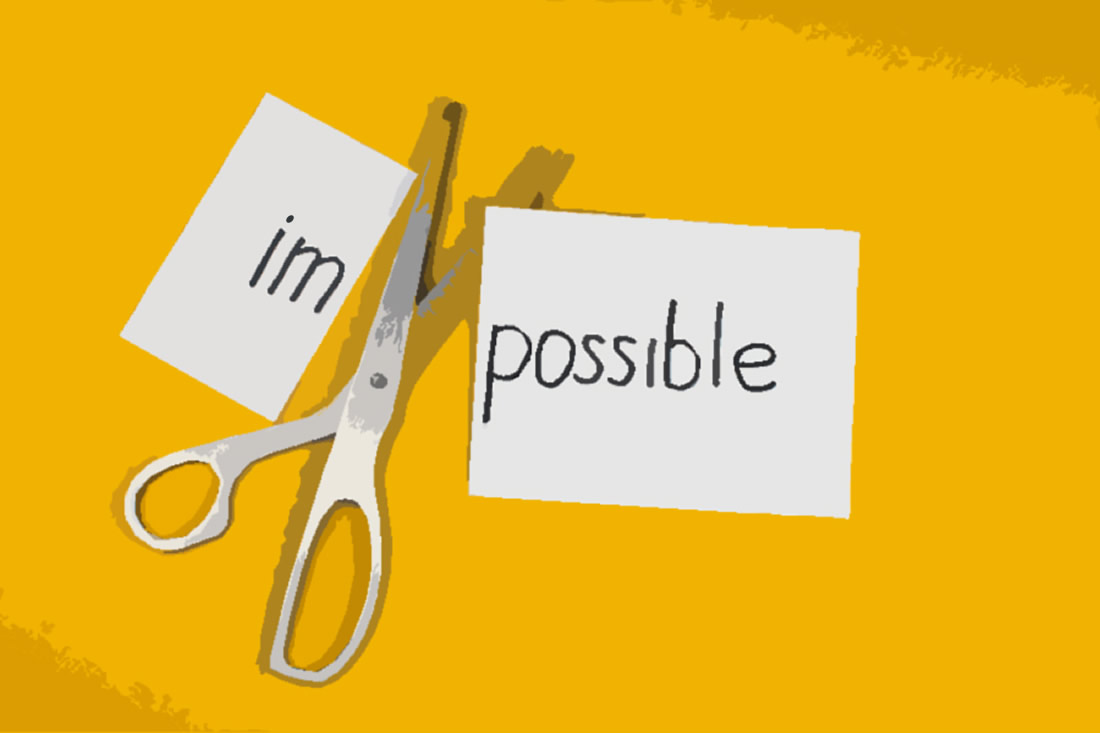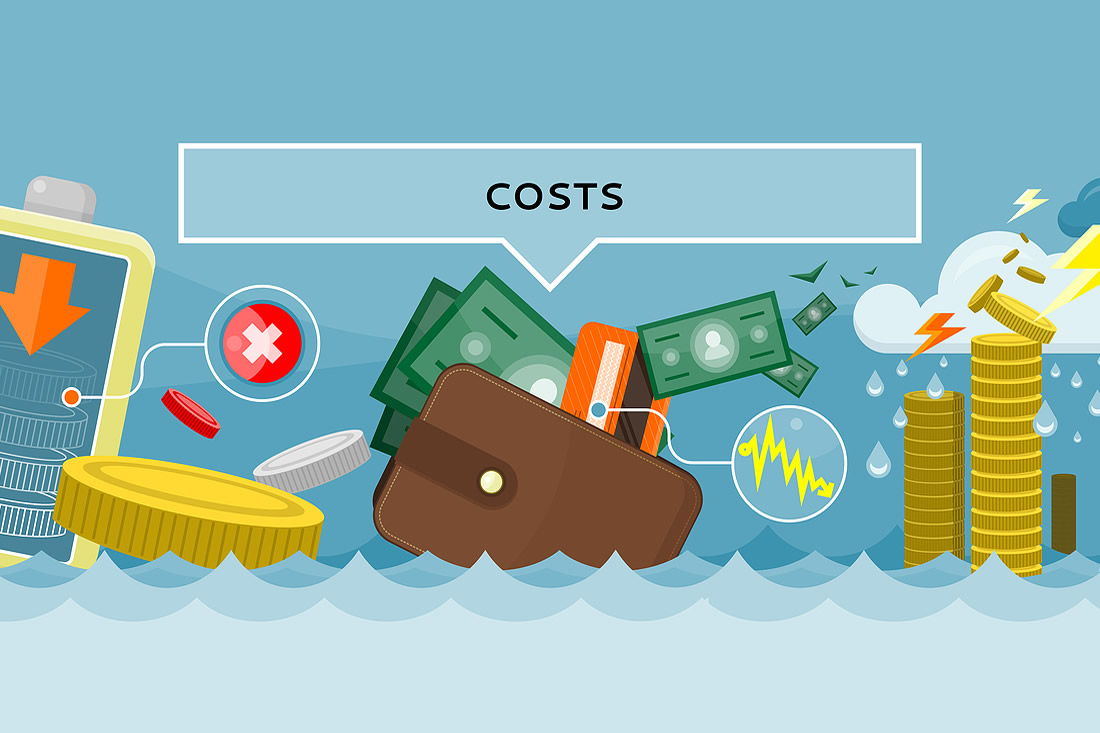Capital Campaign Fundraising: How to Raise an Impossible Amount of Money

“You can’t raise THAT much money in our community!”
That’s what Sam, the Executive Director of a cultural organization, heard when he talked with some of the leaders in his community.
Capital Campaign Fundraising: Sam’s Story of ImPossibility
Since its founding 20 years earlier, Sam’s organization had been renting space in a storefront property for their offices and cobbling together other spaces wherever they could find them to run their program.
Lack of Space Brings About Change
After 20 years, everyone was plain sick of spending as much time juggling spaces as they did running the programs. Faculty members gamely did their work, but sometimes as they schlepped chairs and music stands from one location to another, they felt more like furniture movers than like the skilled musicians and teachers they really were.
Not only did the staff feel put upon, but none of the spaces were ideal for the students. No sound proofing, no performance hall, no parking, and no place to gather before and after lessons. The lack of appropriate space diminished the organization’s impact.
So Sam started looking for a piece of property on which they might build. He and his team of staff and volunteers looked here and there for months but no site seemed quite right. Wrong location, wrong size, wrong price.
Until one day, they heard that a site right down the block from their offices was on the market for $250,000. Tired of the long, fruitless search, Sam decided to see if he could raise the down payment he needed from a few donors.
Once they controlled the site, he figured they could move to the next step and design a building. But if for some reason the project didn’t pan out, he could always resell the property and perhaps even turn a tidy profit.
Off to a Promising Start — But Then…
Sam called six of his top donors and asked each of them if they would make a gift for a down payment on the site. Before long, he had the money he needed and he purchased the property.
Of course, that was just the beginning.
Sam had no design. No sense of what a building would cost. And no idea how much he might be able raise. With the site in hand, he had more questions than answers.
But Sam knew he had a good chance of turning the project into a reality. He had a high functioning organization that operated in the black. He had a board that approved of his step-by-step planning process. And he had a vision for what the organization might become if they could finally solve the space problems.
Dreaming Big and Scaling Back
An architect on the board stepped up and offered his services to design the new building. Meetings followed — lots of them — to figure out what the building should be. They dreamed big… and when all was said and done, the architect created a drawing with an estimated price-tag of nearly $10 million. Gulp!
On hearing the news, one of the donors who had helped purchase the land came right out and said it:
Sam, that’s more money than you’re going to able to raise for this project in this community. You’re going to have to scale back.
And so, scale back they did. The performing hall got smaller. The number of teaching and practice rooms was reduced. And the functional basement was deleted from the plans.
The price came down. But so did the function.
Sam found himself at a crossroads. Was it worth doing the project when, in the end, it wasn’t going to serve the needs? Even with the new building, some of the staff and faculty members still wouldn’t have the space they needed, and right from the get-go, the new building would be chock full and have no room for growth.
A Guided Feasibility Study Told a Different Story
Sam, knowing the value of money, turned to us (rather than a traditional campaign consultant) to perform a cost-effective Guided Feasibility Study. We worked closely with him to help figure out how much money they might actually raise.
Rather than test the scaled back project, we encouraged Sam and his group to test the initial project that would cost $10,000,000.
We figured that if they tested a goal of $10,000,000 and found that donors weren’t likely to support the project at that level, no harm would be done. They’d simply pull back to the smaller project. But if they tested the smaller project, they’d never really know what was possible.
Fast Forward Four Months…
Over the next few months, Sam and his team went out and spoke with many donors about the plans for a new building and the feasibility of a campaign to raise $10,000,000.
Some people were skeptical about whether they could raise that much. But several important donors encouraged them to go forward without scaling the project back. And by the time the interviews were complete, they had informal pledges for nearly half of their goal!
With that kind of response, even the more cautious folks got behind the full-blown project. The board approved the campaign to raise $10,000,000. And Sam and his organization were in campaign mode.
We Continue to Advise Sam’s Capital Campaign Fundraising
As we continue to work with Sam’s group, one piece after another is falling into place.
- They have enlisted campaign chairs who have stellar reputations and who are fully committed to making the campaign a success.
- Based in part on the strength of the campaign chairs, the campaign steering committee is shaping up nicely.
- The initial soft contributions made during the feasibility study have become firm commitments, putting the campaign over the half-way mark even before the official fundraising gets started.
- The architect is once again revisiting the plans, fine-tuning them to make sure that once the building is complete, it will serve the needs of the community well into the future.
While Sam and his team still have a lot of money to raise before hitting their goal, they are confident their campaign will succeed. And we agree. Barring the unexpected, the campaign is likely to raise $10 million or more well before the ribbon is cut on the new building.
4 Lessons Learned from Sam’s Capital Campaign Fundraising
So what’s the takeaway from Sam’s story? Here are four key lessons to keep in mind as you consider your own capital campaign fundraising.
1. Develop a Clear and Compelling Vision
No one is likely to give to your campaign just because you need money. They will invest in your project when they understand and believe in the impact your project will have.
Sam knew why his organization needed a building and he was able to articulate the impact that building would have in compelling terms.
2. Plan Carefully
While dreams are wonderful, capital campaigns are based on thorough plans. Sam did his homework. He knew what would serve his organization’s needs and had the courage to stand by that plan in his discussions with donors.
3. Think Big, but Have a Fallback
Don’t bet the whole farm! Chances are that your organization, like most nonprofits, is financially fragile and doesn’t have a huge back-up of reserves. Sam hedged his bets when he purchased the land. And again, he tested the larger project with some key donors knowing that he could pull back before fully committing.
That step-by-step reasoning was not only wise, but it enabled his board members to support the project. Sam never bet the farm — just a cow or two.
4. Talk to Your Largest Donors Early and Often
When you are planning a capital campaign, your largest donors are your partners. Unless they are on board, you can’t move forward. So, like Sam, talk to them early and often to find out what they really think.
Planning a Capital Campaign?
If you’re planning a capital campaign, you’ll want to consider your strategy carefully – especially if you’re raising what seems like an impossible amount of money. We’ve learned a thing or two about capital campaigns over the decades. Often, with a simple phone call, we can help get you moving forward in the most efficient way.
Sign up for a FREE Campaign Strategy Session »
You can even invite your ED and board chair to join the call. We’re happy to help your capital campaign fundraising get off on the right foot.



Leave a Comment